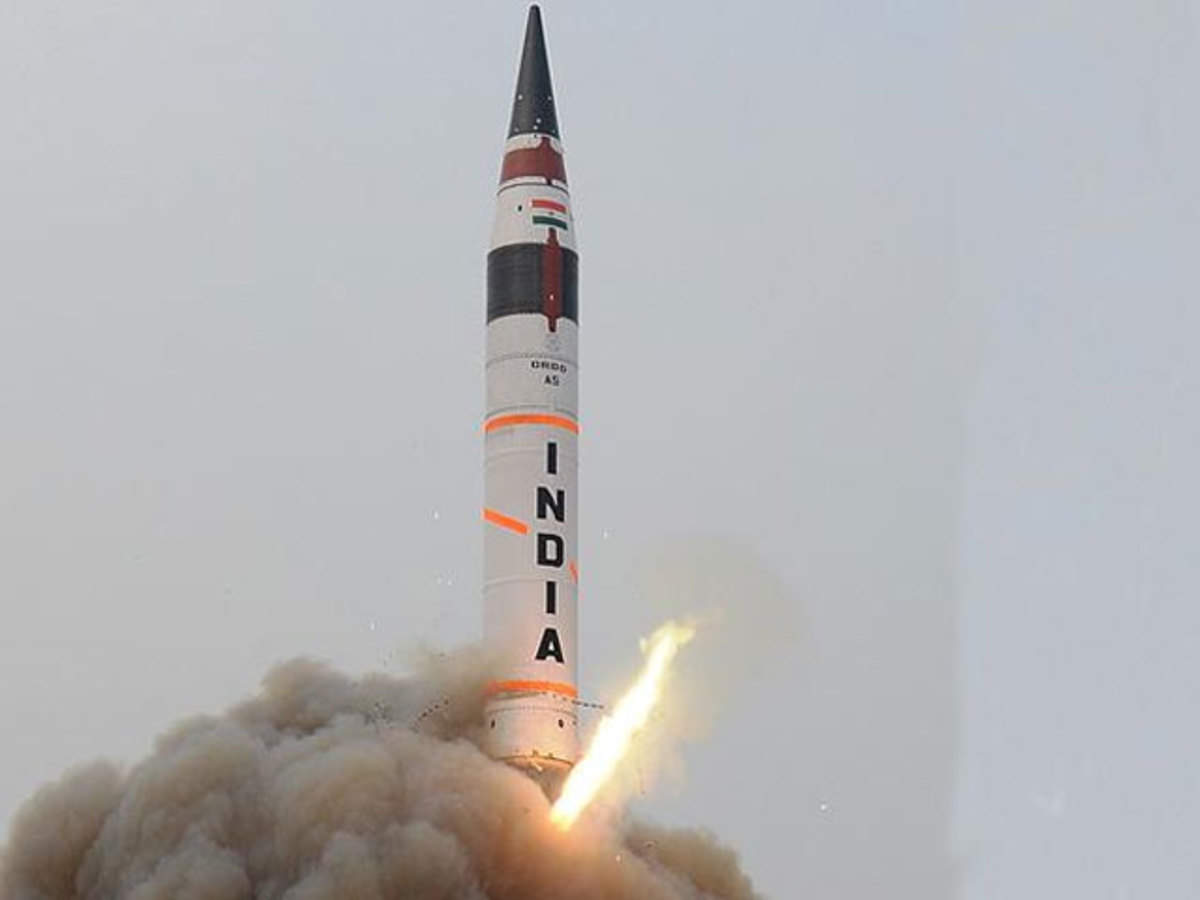India has successfully test-fired its intermediate-range, nuclear-capable Agni Prime missile from a specially designed rail-based launcher, marking a major milestone in strategic defence capability. The test, announced by Defence Minister Rajnath Singh, places India alongside Russia, the United States, and China as nations that have developed or operated railcar-based missile systems.
The Agni Prime, with a range of 2,000 km, was launched from a train pulled by an Indian Railways locomotive, proving India’s ability to integrate missile systems with its 70,000 km rail network. This breakthrough provides significant operational advantages. Unlike fixed silos, rail-based launchers are highly mobile, allowing missiles to be moved and concealed in tunnels, thereby evading enemy surveillance. They also provide more dispersed storage and launch options during wartime, reducing vulnerability to pre-emptive strikes.
However, the system has limitations: launches are restricted to railway tracks, which could be sabotaged during conflict, and precision targeting requires specific conditions. Despite these challenges, the development greatly enhances India’s deterrence posture. By diversifying launch platforms, India ensures that its nuclear arsenal remains credible, survivable, and ready to respond swiftly to emerging threats.








 OpinionExpress.In
OpinionExpress.In















Comments (0)